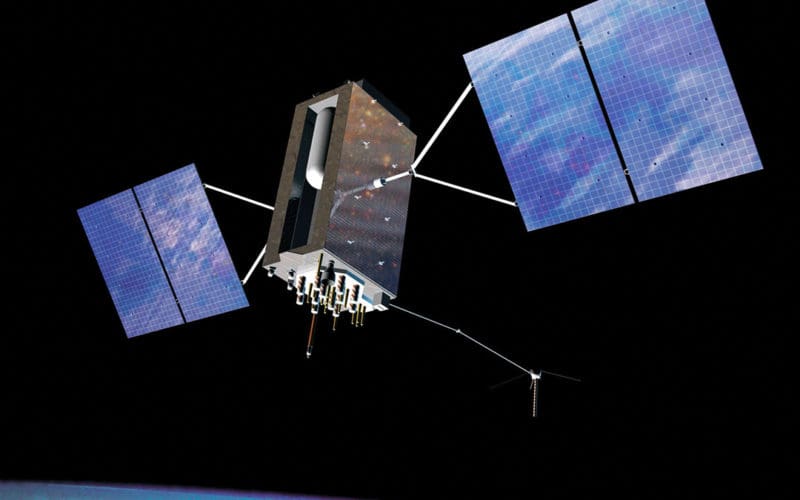
An essential element for navigation is time. For navigation via celestial observations, you need to know your time down to the second. When we get into electronic navigation systems like GPS, second-level accuracy is not good enough. For that application, we need to start adding prefixes like milli-, micro- and nano- to seconds. The better we know time, the more accurate the navigation solution will be. And now the scientists and engineers are devising a new type of timepiece, called a nuclear clock, that will be the ultimate timepiece.
One of the great stories in the history of navigation was the effort to determine longitude at sea. Prompted by the 20,000-pound sterling prize authorized by the British Parliament, scientists, inventors, con men and crackpots put forward a wide range of ideas to accomplish this. From twin dogs communicating via ESP to anchored ships firing rockets to using the moons of Jupiter to various types of mechanical clocks, the proposals were many. Most were rejected as unpractical or downright absurd. It was the mechanical clocks of English clockmaker John Harrison that famously succeeded as a way of carrying time accurately enough to allow ship captains to determine their longitude.
From the eighteenth century to the twentieth, the mechanical clock was the bedrock of navigation. A solemn duty for the captain or first mate of a vessel was the daily winding of the ship’s clock, whose importance was signaled by its reverent name of “marine chronometer” (chrono from the Greek for time). These were not the simple clocks found on land, but were seen as precise instruments, separating the heart of time into precise beats. As the most precise mechanical clocks available, marine chronometers were expensive tools and for most of the 1700s and even a chunk of the 1800s, ship owners were generally loath to purchase them for their vessels. Even in the early 1800s some American ship captains were still simply dead reckoning their way across the Atlantic, with celestial observations only used for finding latitude, an operation that didn’t require a chronometer.
As technology progressed, the mainspring-driven mechanical chronometer gave way to electrically driven units that used the remarkably regular oscillations of quartz crystals to provide a steady time standard. The pulse of a quartz clock is more reliable than the most accurate of mechanical chronometers. Quartz timepieces provide an excellent time standard for celestial navigation and at a pittance compared to the mechanical chronometers of old. You can keep two or three quartz watches in your sextant box and should one fail, use one of the others.
While the quartz clock is an excellent tool for celestial navigation on a voyaging boat, it isn’t the best time standard for electronic navigation. Something more precise is needed. Enter the atomic clock.
While the name atomic clock may conjure up the image of a mini fission reactor, the truth is that no atoms are being split to tell the time. Instead, clock scientists are taking advantage of a property of the electrons bound to atoms. These electrons have a “ground state” level of activity. They can be pushed to a higher state, however, by pumping in energy. In most atomic clocks this energy is supplied by microwaves (lasers are also used). By bombarding cesium atoms, for example, with microwaves, you can drive them to a higher, excited state. When they’re in this state they essentially oscillate at a precise frequency. Just like the oscillations of quartz crystal excited by an electric current, this oscillation frequency of cesium can be used as a time standard for when you need extreme precision, as in electronic navigation. Atomic clocks were once used to control the operations of the LORAN navigation system and are now used by GPS. This precision is so important that every GPS satellite carries four atomic clocks on board so that GPS signals can be tightly synchronized. These atomic clocks are so precise that the designers of GPS had to take into account the effects of relativity (the satellites are 10,000 miles above the earth’s surface and moving at 17,500 mph which introduces small relativistic effects).
A new type of even more precise clock is being developed called a nuclear clock. Instead of using the energy states of electrons, this new type of timepiece uses the behavior of atomic nuclei. Scientists estimate that this new type of clock could be ten times more accurate than an atomic clock. One big advantage of using nuclei is that they are more resistant to the effects of electric or magnetic fields, making them more stable and reliable. These clocks have yet to be built, but scientists say that their extra accuracy could be used for a variety of scientific pursuits, such as the search for dark matter. They could also be used for improving GPS. John Harrison would likely approve. n

